Originally this was going to be just another magazine variation thread, but since the magazine is more dependent on the rifle for controlling the feed than later Lee mags, I figured I'd just lump it all together.
This thread may take a while to fully "flesh out" due to time restraints on my end, so i thank you for your patience!
Late ETA: Two overall photos added, finally!:
#0a
#0b
To start- some photos around the receiver and mag area.
#1 This is the father of all detachable magazine turnbolt rifles and the first Lee rifle tested by the Britishgovernment for it's military potential. Certain features will survive until the end of the line!
#2
The cocking piece looks quite similar to the ones found on some SMLEs, but there are quite a few functional construction differences. Later Remington Lees have very different looking cocking pieces but don't stray far in concept.
#3
The conveniently placed magazine release and large, gracefully shaped trigger guard are two Lee turnbolt features that will carry on. Unlike later Lee-Enfield rifles, the original concept was to issue multiple magazines for greater firepower. Loading the mag from the top is not an option. However, ease of single loading whether or not a magazine is in place was given careful consideration, as will be shown further along.
#4
The swivel shown here is the rear sling attachment point as there is no provision for a butt stock swivel. The loop is NOT split. The screw head itself centers the swivel as the loop's center is partially cut away where the screw head protrudes into the swivel hole. The loop must have been welded shut- just where has yet to be determined.
#5
Note the channel cut into the magazine well. This is an added feature that the first few hundred rifles lacked. The corresponding protrusion on the magazine was added in order to better retain rounds when it was not installed in the rifle.
Also note the plate partially blocking the top of the mag. well. This spring loaded part served to act as a loading platform when firing the weapon without a magazine. It automatically moves aside when a magazine is seated.
---------- Post added at 03:09 AM ---------- Previous post was at 03:05 AM ----------
First two posts were "fused" together...How odd...
#6
LH side view of the action. The "button" on the magazine is automatically pressed downwards when the assembly is seated in the weapon. This action serves to release the bullet nose into it's feed position. Photo #5 show a small contoured cut just outboard of the mag. well channel which cradles the button. (Nice extra touch, that.)
#7
Two main items of interest here: the U.S. Navy inspector's mark, and the emergency gas relief port cut into the left hand side of the receiver ring which is yet another feature that would carry on until the end of the line.
#8
The top rear of the receiver ring is angled to serve as the primary extraction cam. (A feature later incorporated into the Mosin Nagant design, amongst others. Is this the first appearance of this cam set-up?)
The bolt handle placement of this model was quickly superseded in the "Model 1882" and following Lee designs. It is not as awkward as one might think, but neither is it optimal for most users.
#9
Serial number close-up:696Information

Warning: This is a relatively older thread
This discussion is older than 360 days. Some information contained in it may no longer be current.
- Knowledge Library

- MKL Entry of the Month
- Australia
- Austro-Hungarian Empire
- Canada
- Czechoslovakia
- Denmark
- Finland
- France/Belgium
- Germany
- Italy
- Japan
- Norway
- Russia
- South America
- Sweden
- Switzerland
- Turkey
- United Kingdom
- United States
- Yugoslavia
- Is my rifle authentic or a fake?
- Jay Currah's Lee Enfield Web Site
- On-line Service Records (Canada)
- Technical Articles/Research
- Forum
- Classifieds

- What's New?
-
Photo Gallery

- Photo Gallery Options
- Photo Gallery Home
- Search Photo Gallery List
-
Photo Gallery Search
- Video Club

- iTrader














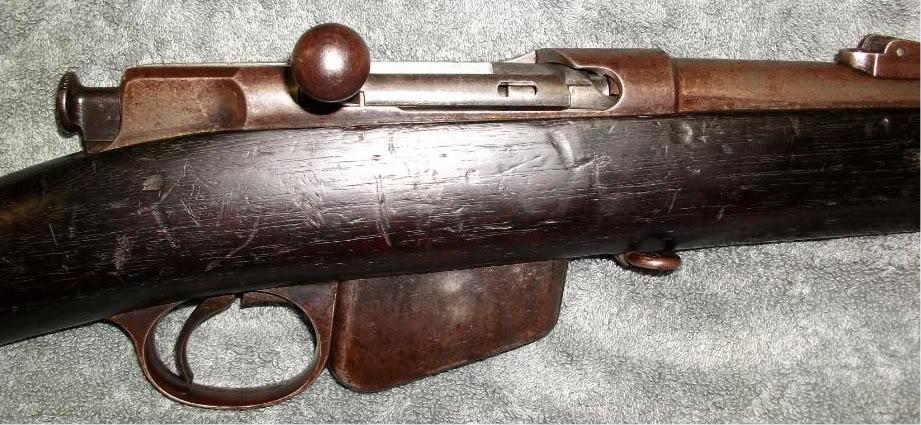
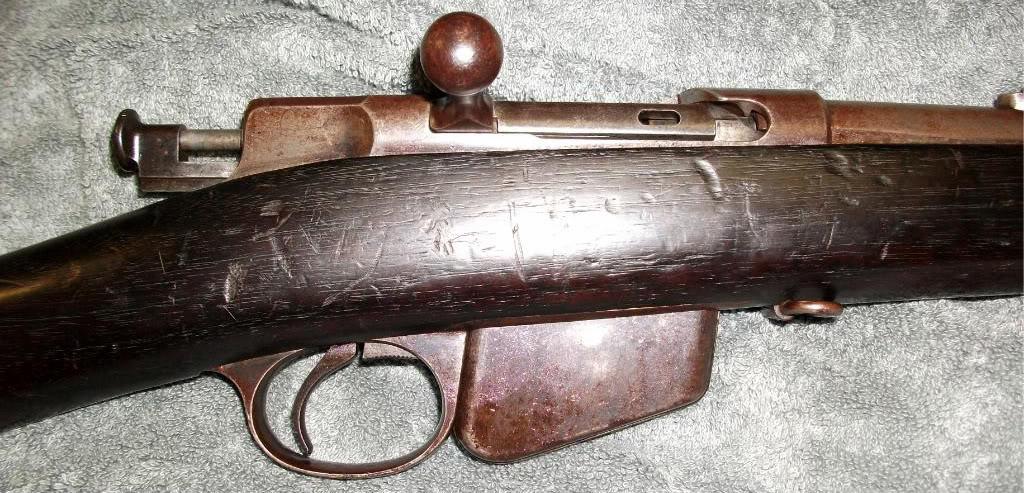
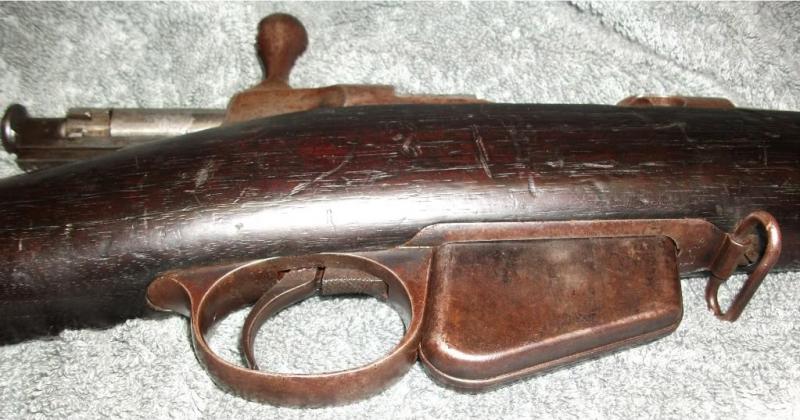
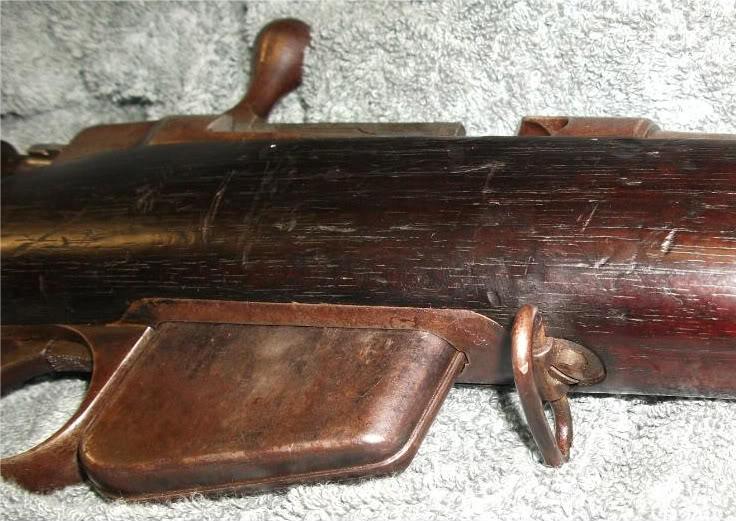
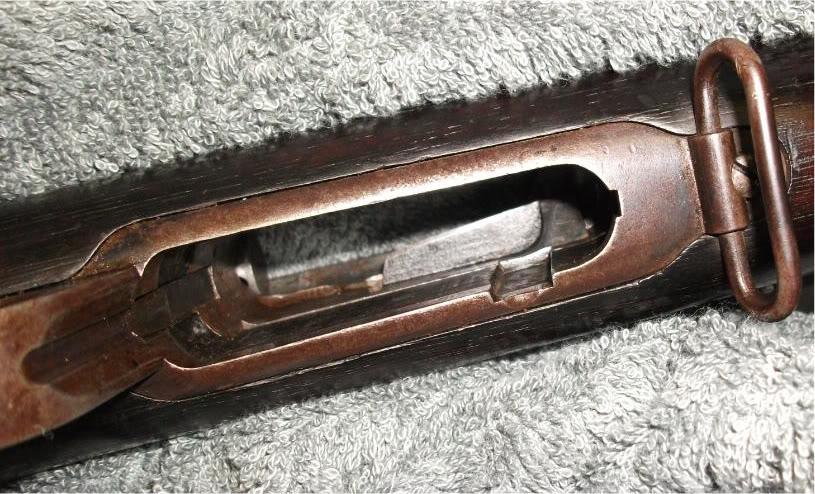
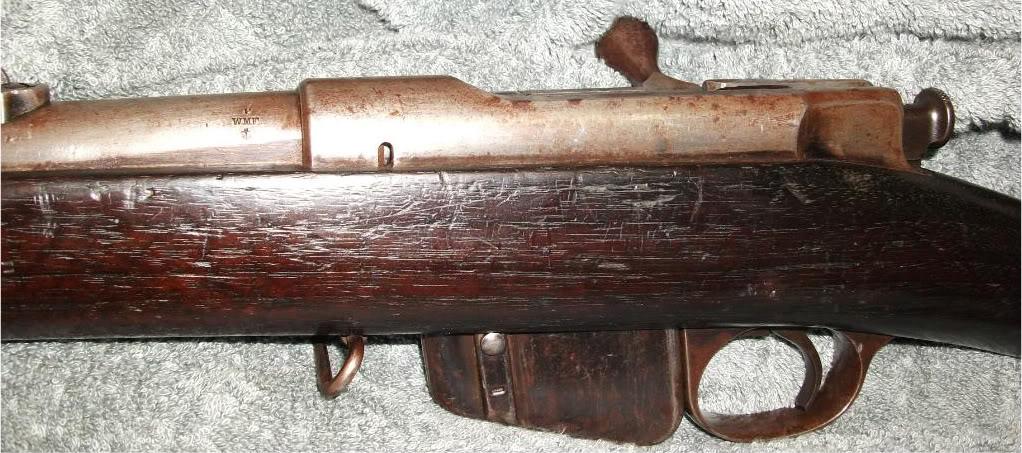
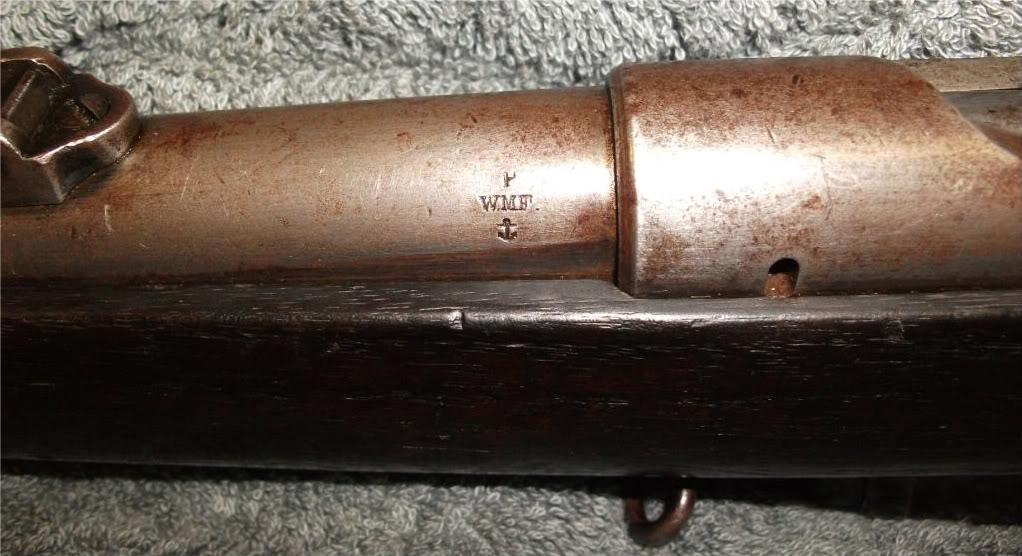
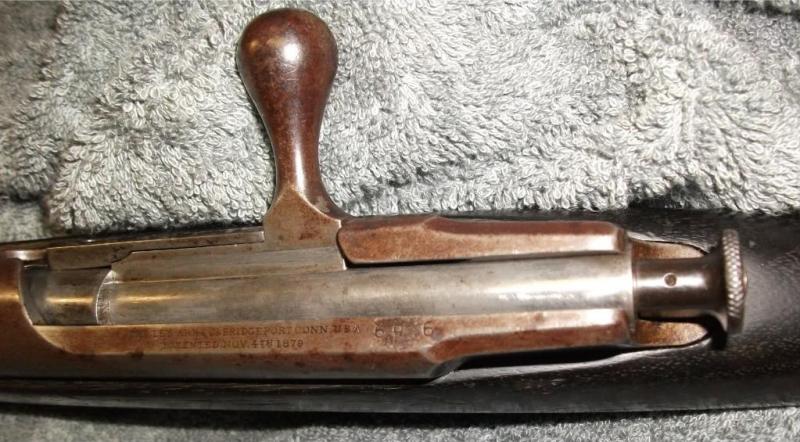


 PM
PM
